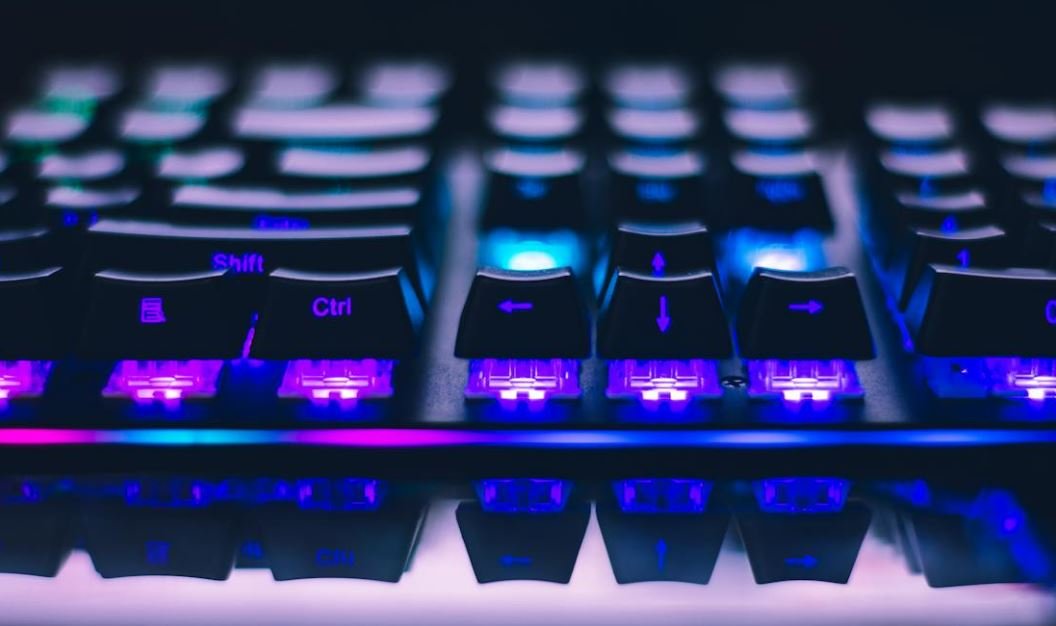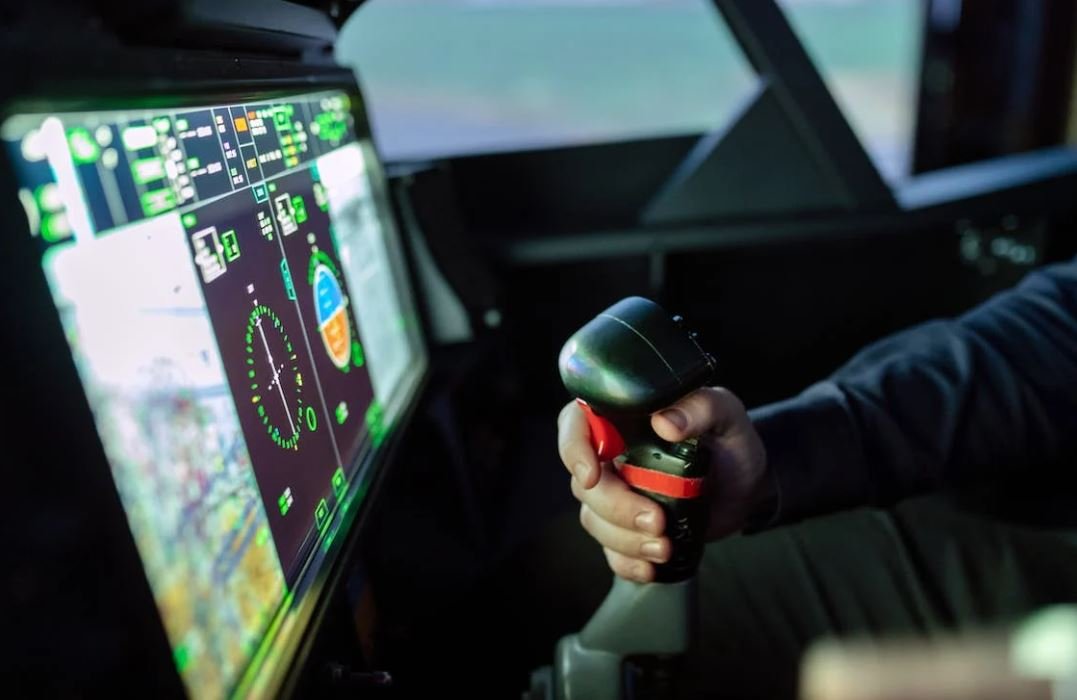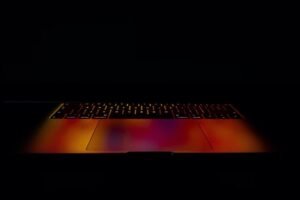Production Designer Job Description
A production designer is a key member of the film, television, and theater industry who is responsible for creating and overseeing the visual concept and artistic design of a production. They work closely with the director and other members of the production team to ensure that the set, props, costumes, and overall aesthetic of the production align with the desired vision.
Key Takeaways:
- Production designers oversee the visual aspects of a production.
- They collaborate with the director and other team members to bring the artistic vision to life.
- They create and manage budgets for the design elements of a production.
- They work closely with various departments to coordinate the set, props, and costumes.
- Attention to detail, creativity, and strong communication skills are essential for this role.
**A production designer is responsible for the visual concept and artistic design of a production.** They are involved in all stages of the production process, from pre-production to post-production. *Their main goal is to create visually compelling and cohesive designs that enhance the story and bring the director’s vision to life.* To achieve this, they collaborate closely with the director and other members of the production team.
Responsibilities of a Production Designer
A production designer‘s responsibilities may vary depending on the nature of the production and the scale of the project. Here are some of the key responsibilities:
- **Develop an overall artistic concept** that aligns with the director’s vision and the requirements of the production.
- **Create detailed plans and scale drawings** of the sets and locations.
- **Collaborate with the art department** to design and construct the sets, ensuring they are safe and functional.
- **Select or create props** that enhance the storytelling and stay within budget.
- **Design or collaborate on costume choices** to convey character traits and time periods accurately.
- **Manage the budget** for the design elements, ensuring efficient use of resources.
- **Coordinate with other departments** such as cinematography, makeup, and visual effects to ensure a cohesive visual style.
- **Provide clear direction** to the production team, including scenic artists, construction crews, and prop masters.
**A successful production designer must have a strong attention to detail**, as they oversee numerous design elements, including sets, props, costumes, and sometimes visual effects. They must be highly creative, able to translate the artistic vision into tangible designs. *Communication skills are crucial for collaborating effectively with the director and other team members, as well as managing budgets and facilitating smooth production processes.*
Education and Skills
While formal education may not be a strict requirement to become a production designer, many professionals hold a degree in art, design, or a related field. Relevant skills and qualities include:
- **Creativity and artistic flair** to develop and execute unique design concepts.
- **Strong visual and spatial awareness** to create visually appealing sets and overall design compositions.
- **Proficiency in design software** such as AutoCAD, SketchUp, or Adobe Creative Suite.
- **Budgeting skills** to manage resources effectively and stay within allocated budgets.
- **Knowledge of historical periods and art styles** to accurately represent different eras and genres.
- **Excellent organizational and time management skills** to handle multiple tasks and meet deadlines.
- **Ability to work well under pressure** and adapt to changing production requirements or constraints.
Salary and Job Outlook
According to the U.S. Bureau of Labor Statistics, the median annual wage for art directors, which includes production designers, was $94,220 in May 2020. The job outlook for this field is projected to grow 2 percent from 2019 to 2029, which is slower than the average for all occupations.
| Year | Median Annual Wage |
|---|---|
| 2018 | $92,780 |
| 2019 | $94,220 |
| 2020 | $94,220 |
**The median annual wage for production designers has remained relatively stable** over the years, with a slight increase from 2018 to 2019. However, it is important to note that salary can vary based on experience, location, and industry.
Conclusion
**Production designers play a crucial role** in the creation of visually captivating productions, ensuring that the artistic vision is brought to life through detailed and cohesive designs. With a combination of creativity, attention to detail, and strong communication skills, they collaborate with the production team to create memorable visual experiences for audiences.

Common Misconceptions
Paragraph 1
One common misconception about the Production Designer job description is that it is only about creating visually appealing sets and environments. While aesthetics play a significant role, Production Designers are also responsible for considering practicality, functionality, and the overall story of the production.
- Production Designers focus on creating sets that enhance the story and characters.
- They consider how the set can impact the flow of the production.
- Production Designers work closely with directors and cinematographers to achieve the intended visual style of the production.
Paragraph 2
Another misconception is that Production Designers only work in the film industry. While they are heavily involved in movies, Production Designers also contribute their expertise to television shows, commercials, theater productions, and even event design.
- Production Designers create visually engaging environments for TV shows.
- They design sets and locations for commercials.
- Production Designers create immersive stage designs for theater productions.
Paragraph 3
There is a misconception that Production Designers work alone. In reality, they are part of a collaborative team and work closely with other departments, such as art directors, set decorators, costume designers, and cinematographers, to bring the vision of the production to life.
- Production Designers collaborate with art directors to develop the overall visual concept.
- They work closely with set decorators and costume designers to ensure visual consistency.
- Production Designers collaborate with the cinematographer to achieve the desired lighting and camera techniques.
Paragraph 4
Some people mistakenly believe that Production Designers only deal with physical sets and locations. However, with advances in technology, Production Designers also play a crucial role in creating virtual sets, using techniques such as green screen and CGI.
- Production Designers create virtual environments using green screen technology.
- They collaborate with visual effects artists to integrate virtual elements seamlessly.
- Production Designers use CGI to enhance the visual aesthetics of the production.
Paragraph 5
It is a misconception that becoming a Production Designer requires formal education in fine arts or design. While a degree or training in design-related fields can be beneficial, many successful Production Designers have developed their skills through hands-on experience and practical work.
- Production Designers gain practical experience through internships and assistant positions.
- They build their portfolios with actual production projects.
- Production Designers can develop their skills through workshops and industry networking.

Production Designer Job Description
As a production designer, your role is crucial in the film, television, and theater industries. You are responsible for creating visually stunning and engaging sets that transport audiences into the world of the story. From deciding the overall aesthetic to ensuring every last detail is perfected, your work sets the stage for an unforgettable experience. Below are ten tables that illustrate different aspects of the production designer job description, providing a deeper understanding of the skills, responsibilities, and demands of this creative profession.
Key Skills
Beyond a keen eye for design, production designers must possess a diverse set of skills. Here are some key abilities that contribute to success in this field:
| Creativity | Problem-Solving | Leadership | Communication | Technical Aptitude |
|---|---|---|---|---|
| Imaginative thinking that brings unique concepts and ideas to life. | Finding solutions to design challenges and adapting to unforeseen circumstances. | Effectively guiding a team of talented individuals to achieve a shared vision. | Clearly articulating ideas and collaborating with directors, producers, and crew. | Understanding and utilizing various tools, techniques, and software. |
Education and Experience
While there are no strict educational requirements for becoming a production designer, a combination of formal education and practical experience is typically preferred:
| Education | Experience |
|---|---|
| Bachelor’s or Master’s degree in Fine Arts, Set Design, or a related field. | Experience in set design, art direction, or other relevant roles within the industry. |
Job Responsibilities
The role of a production designer encompasses various responsibilities that contribute to the overall visual impact of a project:
| Set Design | Research | Budget Management | Collaboration | Supervision |
|---|---|---|---|---|
| Creating detailed plans and drawings for sets, considering thematic and aesthetic elements. | Gathering information, visual references, and conducting historical or cultural research. | Estimating costs, managing expenses, and ensuring the project stays within budget constraints. | Working closely with directors, cinematographers, and other departments to align visual goals. | Overseeing the construction, installation, and decoration of sets during production. |
Work Environment
The work environment of a production designer can vary depending on the type of project and production schedule:
| Film | Television | Theater |
|---|---|---|
| Working on location and on sound stages, often with a large crew and extensive resources. | Producing sets for specific episodes or seasons, collaborating closely with showrunners. | Designing sets that need to function smoothly for live performances with rapid stage changes. |
Working Hours
The nature of the production designer‘s role often requires flexibility in working hours:
| Pre-production | Production | Post-production |
|---|---|---|
| Researching, planning, and designing sets prior to the start of filming. | Managing the set construction, collaboration with crew, and overseeing physical installations. | Evaluating the final results, making any necessary adjustments, and wrapping up the project. |
Salary Range
A production designer‘s salary can vary based on experience, location, and the project’s scale:
| Entry Level | Mid-Career | Experienced |
|---|---|---|
| $40,000 – $60,000 | $60,000 – $90,000 | $90,000 – $150,000+ |
Notable Production Designers
Several renowned production designers have made a significant impact on the industry:
| Name | Notable Works |
|---|---|
| Patrizia von Brandenstein | “Amadeus,” “The Untouchables,” “The Color Purple” |
| Ken Adam | Several James Bond films, including “Dr. No,” “Goldfinger,” “Moonraker” |
| Eugenio Caballero | “Pan’s Labyrinth,” “The Impossible,” “Roma” |
Notable Set Designs
The history of production design is filled with iconic and visually striking set designs:
| Name | Film | Year |
|---|---|---|
| “Citizen Kane” | “Citizen Kane” | 1941 |
| “Blade Runner” | “Blade Runner” | 1982 |
| “The Grand Budapest Hotel” | “The Grand Budapest Hotel” | 2014 |
Conclusion
A production designer‘s job is a harmonious blend of creativity, problem-solving, and leadership. From designing exquisite sets to managing budgets and collaborating with various stakeholders, this role demands a diverse skill set and an unyielding passion for the craft. The tables presented here provide glimpses into the multifaceted nature of production design, offering a deeper appreciation for the work behind the scenes that brings stories to life. Whether it’s the grandeur of a film set or the intricacy of a theater production, the production designer is an essential figure who plays a pivotal role in creating unforgettable visual experiences.
Frequently Asked Questions
Production Designer Job Description
FAQs
-
What is a production designer and what do they do?
A production designer is responsible for the overall look and feel of a film, television show, or theatrical production. They work closely with the director and other creative staff to create the visual concept of the project, including designing sets, selecting props, and choosing locations.
-
What are the key skills required for a production designer?
Key skills for a production designer include a strong sense of visual aesthetics, creativity, attention to detail, problem-solving skills, strong communication and collaboration skills, knowledge of design software, and the ability to work within a budget.
-
What qualifications or education are required to become a production designer?
While there is no specific educational requirement to become a production designer, most professionals in this field have a bachelor’s degree in a related field such as art, design, or theater. Some also pursue additional training or certifications in production design or related areas.
-
What is the typical salary range for a production designer?
The salary range for a production designer can vary depending on factors such as experience, location, and the scale of the project. However, the average salary for a production designer is around $70,000 to $100,000 per year.
-
What is the career outlook for production designers?
The career outlook for production designers is generally positive. With the growth of the entertainment industry, there is a steady demand for skilled production designers. However, competition for highly desirable positions can be intense, so building a strong portfolio of work and networking within the industry is important.
-
What are the common challenges faced by production designers?
Production designers face challenges such as tight deadlines, limited budgets, coordinating with various departments, managing a team of staff, and ensuring that the visual concept aligns with the director’s vision. They also need to stay updated with emerging technologies and trends in the industry.
-
What is the difference between a production designer and an art director?
While the roles of a production designer and an art director can sometimes overlap, there are some differences. A production designer is responsible for the overall visual concept of a project and works closely with the director. An art director, on the other hand, focuses more on the specific visual elements, such as set design and prop selection.
-
What are some famous production designers in the industry?
Some famous production designers in the industry include Rick Carter (Avatar, Forrest Gump), Stuart Craig (Harry Potter series), Dante Ferretti (Hugo, Shutter Island), and Catherine Martin (Moulin Rouge!, The Great Gatsby).
-
How can I become a production designer?
To become a production designer, it is recommended to pursue a bachelor’s degree in a related field and gain practical experience through internships or assisting experienced production designers. Building a strong portfolio of work and networking within the industry are also important for career advancement.
-
Are there any professional organizations or associations for production designers?
Yes, there are professional organizations and associations for production designers, such as the Art Directors Guild and the International Alliance of Theatrical Stage Employees. These organizations provide resources, networking opportunities, and industry support for professionals in the field.




